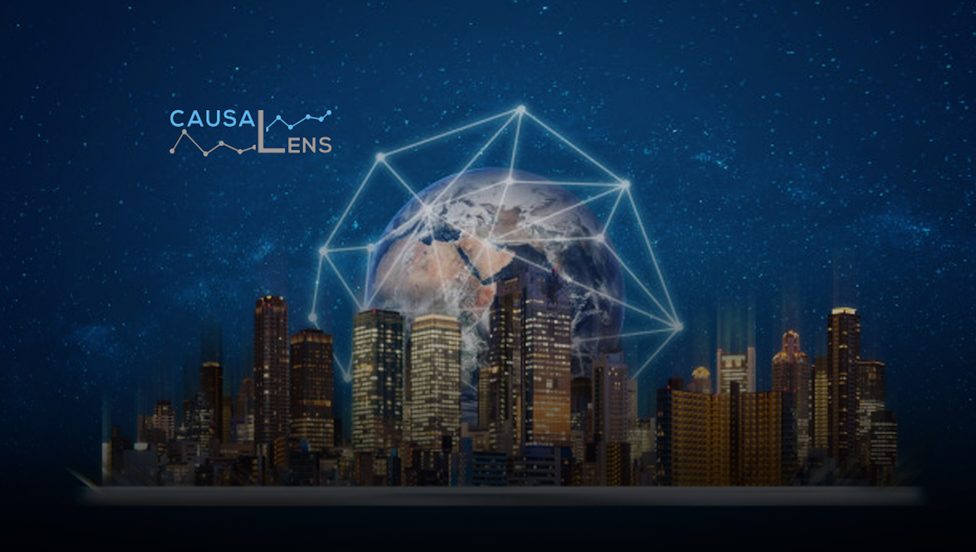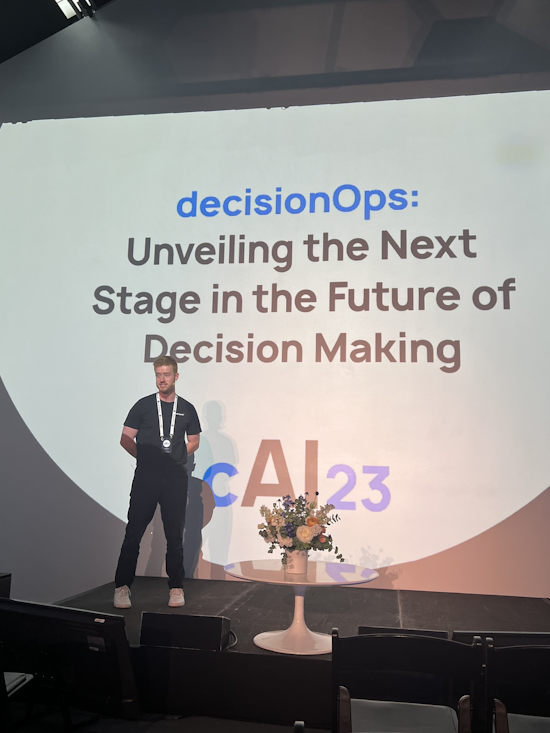In a world where generative AI and machine learning tools are fast proliferating, causaLens stands out as a vanguard of innovation. The company envisions a future where humans can entrust machines with our most pressing challenges across various sectors – be it the economy, society, or healthcare.
causaLens isn’t merely content with artificial intelligence as it's known today; it pioneers Causal AI, a significant leap forward in machine intelligence. This evolution in AI doesn't just predict outcomes; it comprehensively understands the whys and hows, thereby empowering decisions with far-reaching positive impacts. Through its recently launched Causal AI platform – decisionOS – causaLens offers an intuitive interface that caters to a broad spectrum of users, allowing them to make decisions that are superior and trusted.
We had the privilege of delving deep into the journey with Tom Farrand, causaLens’ Director of Product, with whom we discuss the challenges and the future of this groundbreaking product.










